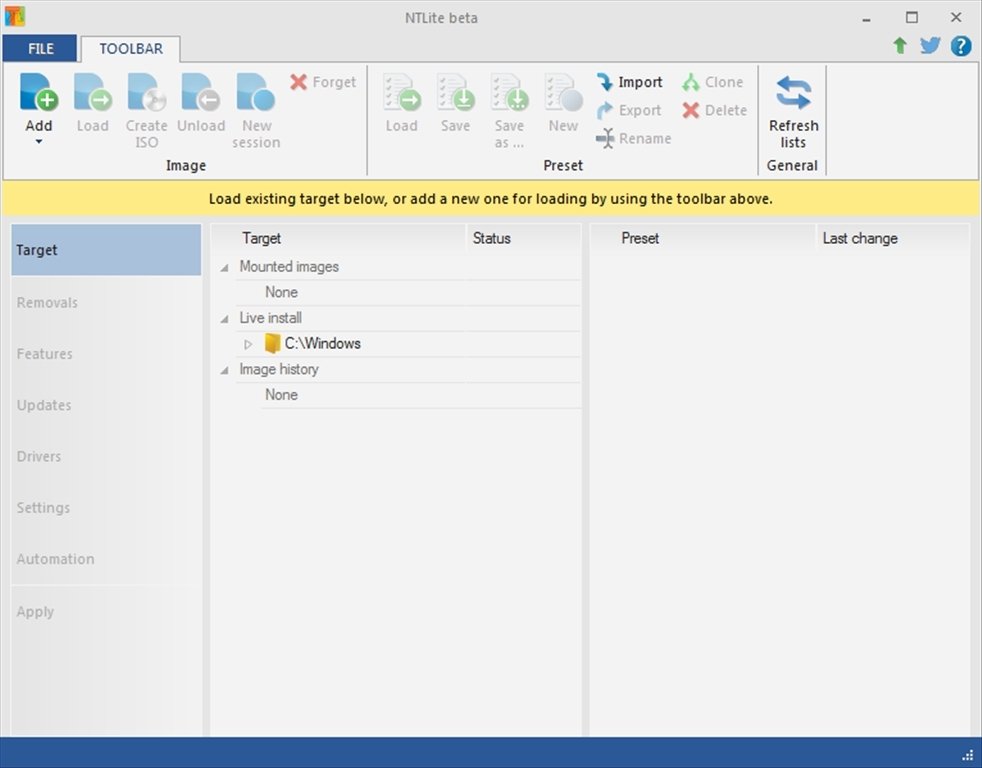

However, if you used more than 4 GB of RAM, you might not be able to hibernate. This may also be referred to as “suspend to disk.” You might assume you need a swap partition as big as your RAM to hibernate to it, but you actually just need a swap partition as big as the RAM you use - so, if you only regularly use 4 GB of your 16 GB of RAM, you could hibernate to a 4 GB swap partition.

For kernel memory dumps, the page file must be at least 800 MB on systems with 8 GB of RAM or more. To create a complete memory dump, the page file must be at least the size of the physical memory + 1 MB.
#NTLITE PAGE FILE MB WINDOWS#
Windows Crash Dumps: On Windows, the page file is used for crash dumps.Windows and Linux also use their page file and swap space for other purposes: Other Uses for Page File and Swap Partitions Having a page file with additional space programs can use prevents this from happening.
#NTLITE PAGE FILE MB FULL#
If your RAM was full and you had no page file, and then you opened another program, the program would likely crash. Most applications expect to get the memory they request. (This is much less common on modern computers that have sufficient amounts of RAM to keep desktop programs in RAM.) The RAM is much faster than the page file or swap partition. When you maximized it later, it would take a while to appear, and you’d hear your hard drive grinding away while that disk activity LED flashed - its data was being moved back from your page file or swap partition to its RAM. If you used an older desktop computer, you could see this happen after you minimized a desktop program for a while. Your computer automatically transfers data back to its RAM when it’s being used, and moves data to its page file or swap partition when it’s not being used. The page file or swap acts as an “overflow” area to hold the additional data. The computer stores that additional 1 GB of data in its page file or swap space. For example, if your computer has 2 GB of RAM and you open a large number of programs or large number of files, your computer might need to store 3 GB of data in its working memory. Both provide additional working memory to your computer. RELATED: What Is the Windows Page File, and Should You Disable It?įirst, let’s remember the real purpose of the page file on Windows or swap partition on Linux. The Purpose of the Page File or Swap Partition


 0 kommentar(er)
0 kommentar(er)
